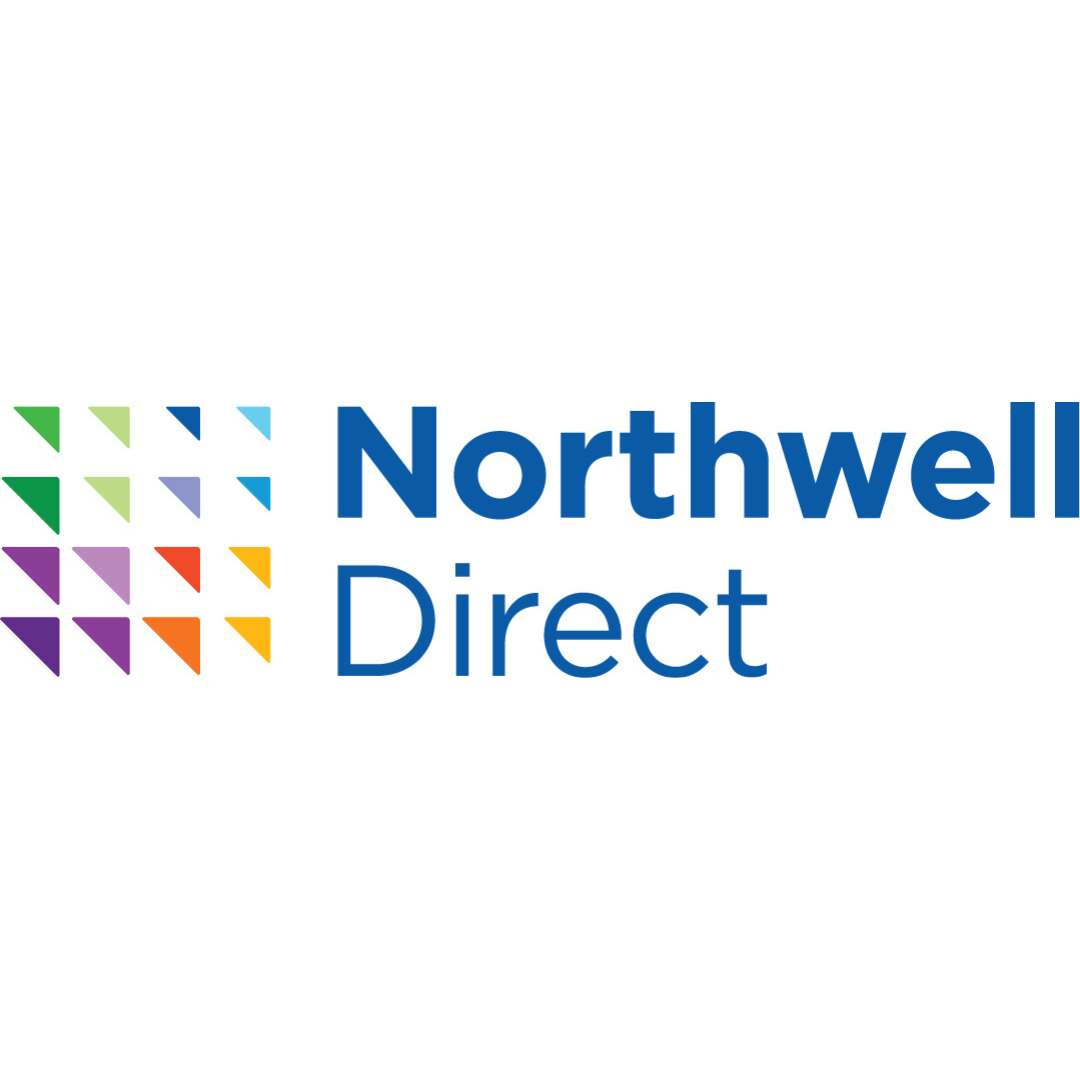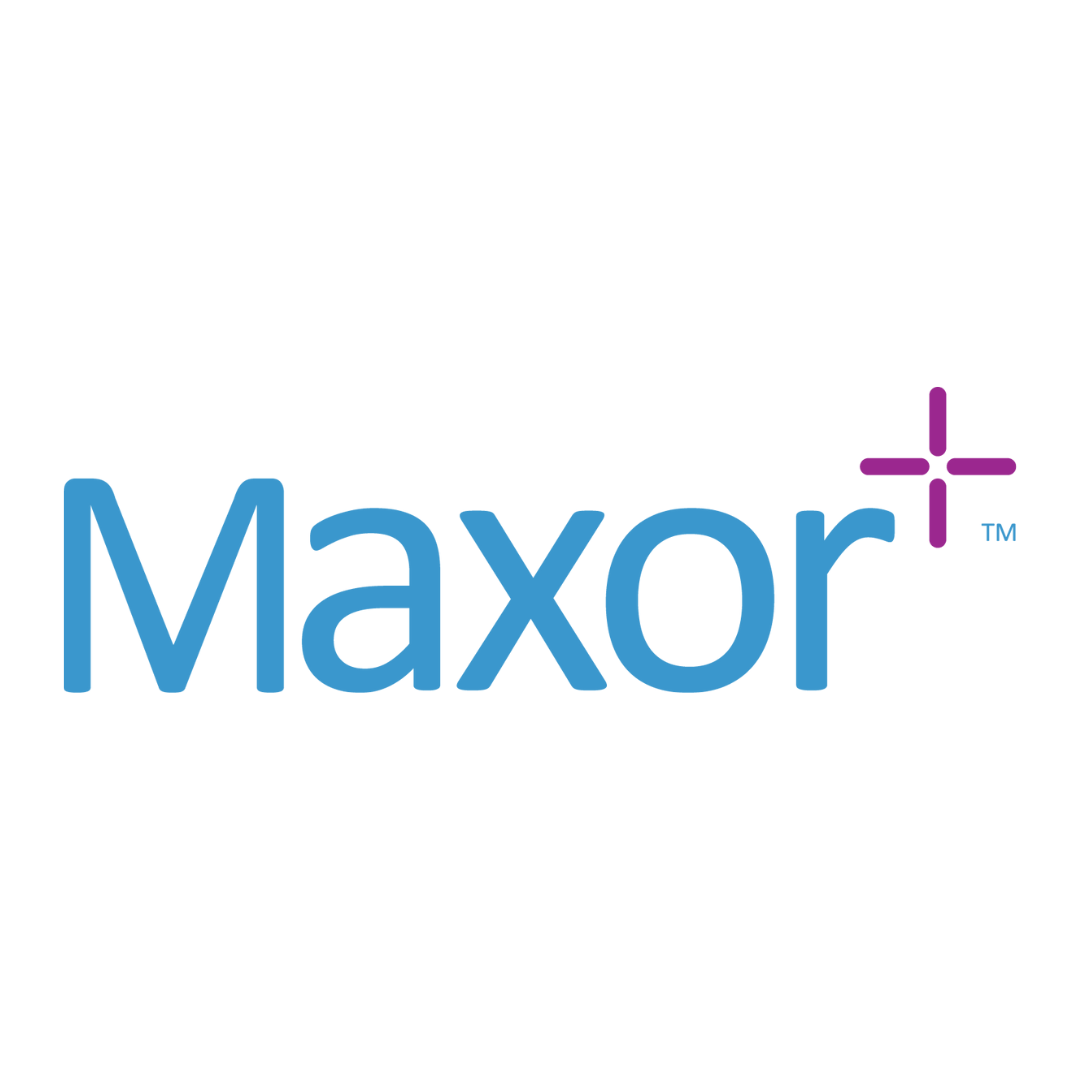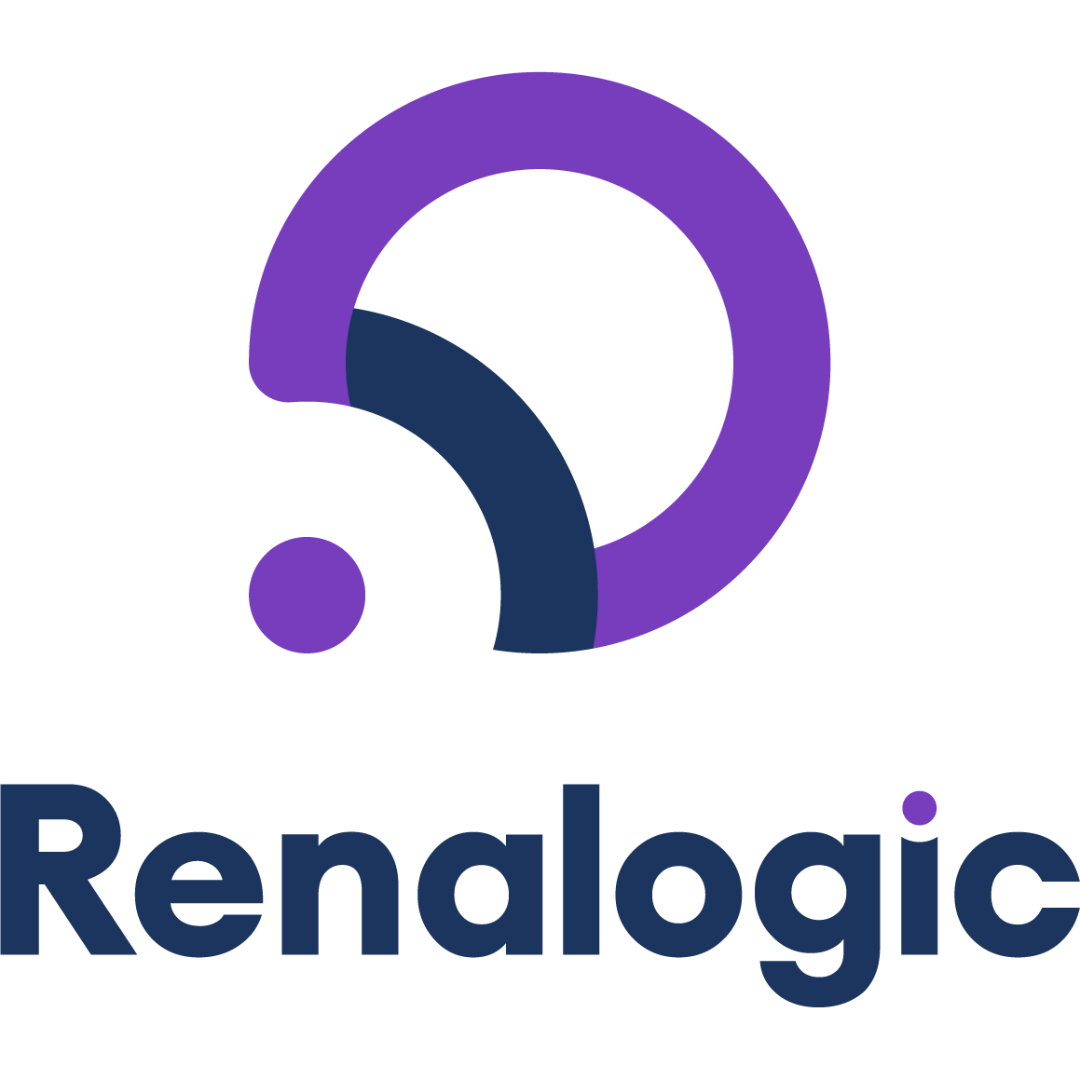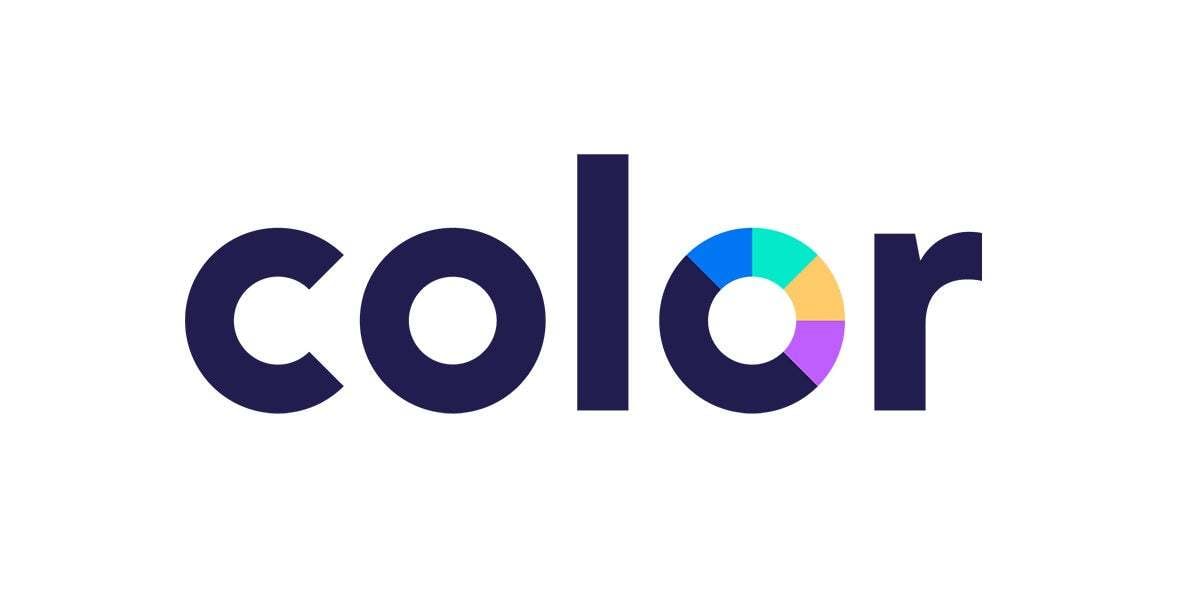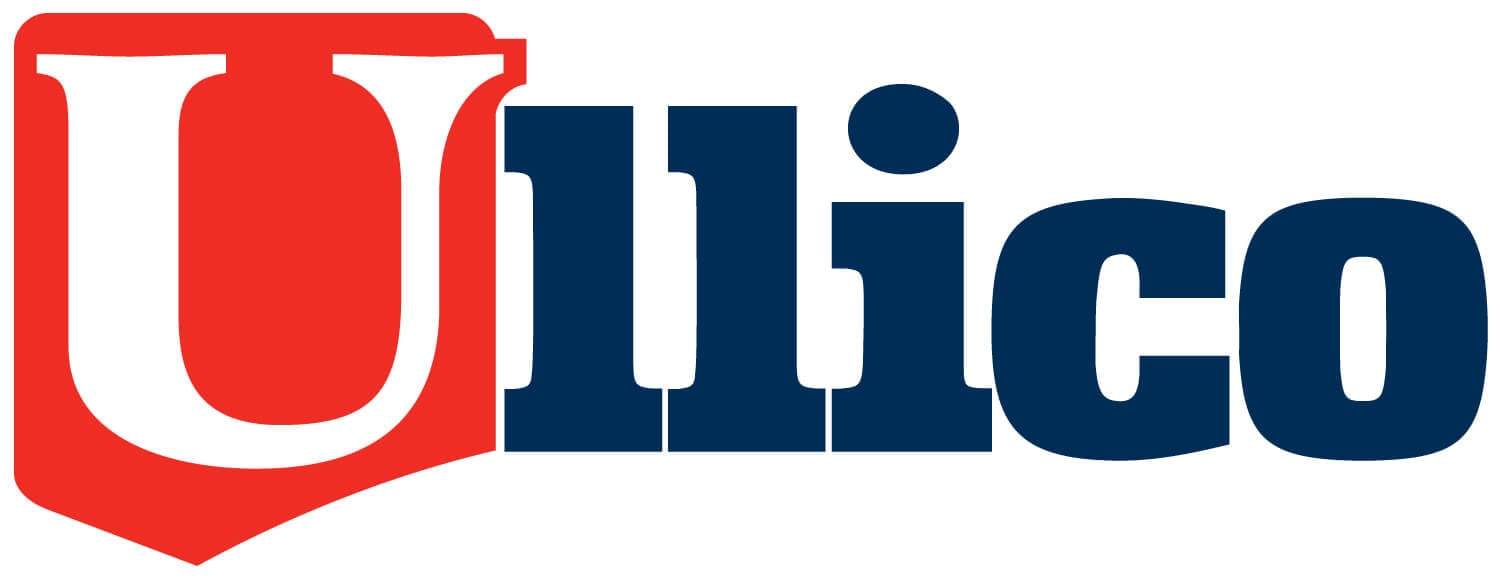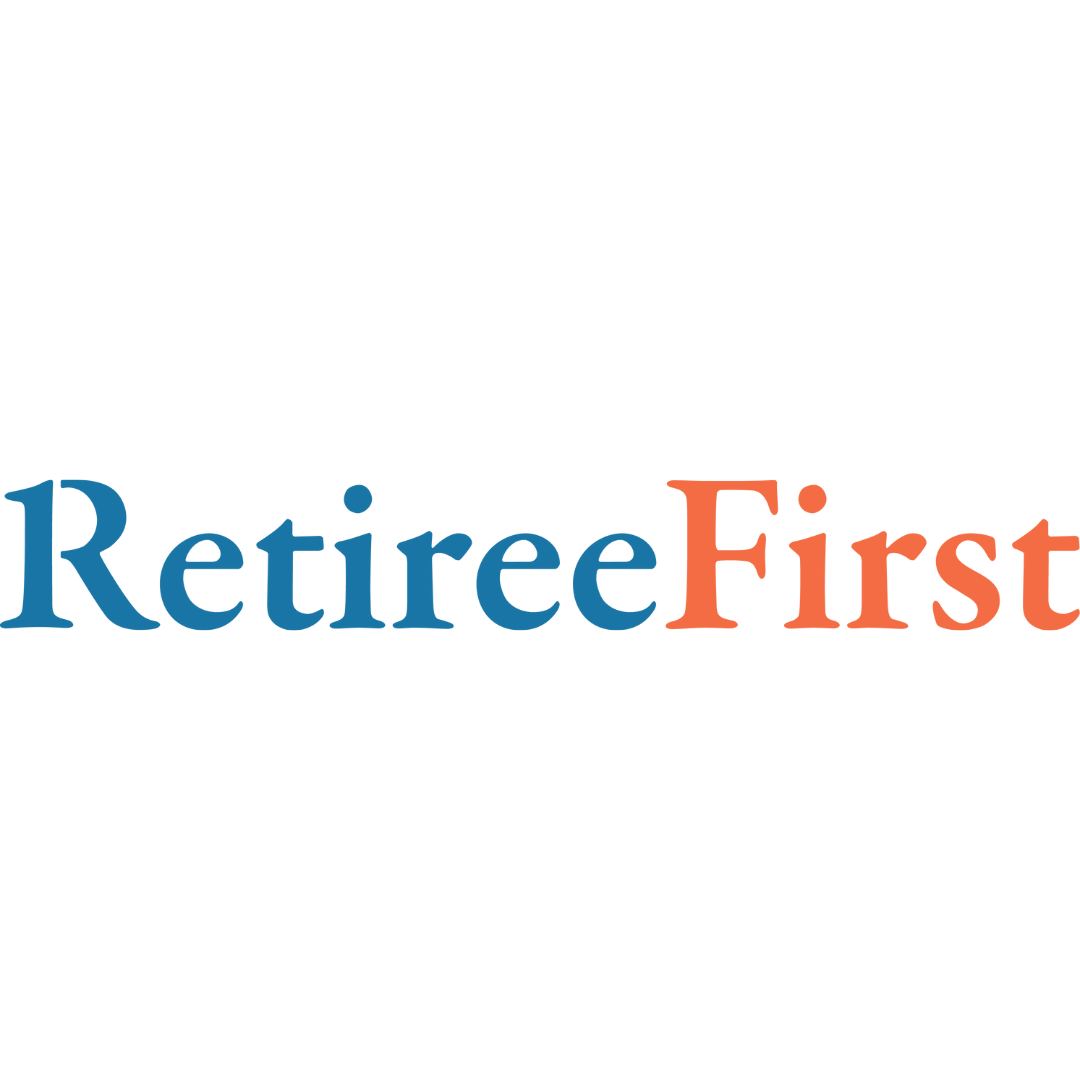Brought to you by RxBenefits:
Marketing or Medicine? How Direct-to-Consumer Advertising Impacts Healthcare Choices and Costs for Labor Unions and Funds
Are premier TV events driving up prescription drug spending in the U.S.?
Millions of Americans tune into blockbuster events like the Super Bowl, March Madness, and the Oscars, where the ads are often as much of a draw as the event itself. But here’s the catch: in 2024, drugmakers were the single largest spenders on TV ads, projected to have spent $4.5 billion. AbbVie alone spent nearly $377 million advertising its immunology drug Skyrizi, approved for conditions like psoriasis, ulcerative colitis, and Crohn’s disease.
This level of spending raises serious concerns for labor unions and funds which are already grappling with rising healthcare costs. Direct-to-consumer (DTC) advertising for prescription drugs is pervasive, with Americans seeing up to nine such ads daily. The top 10 pharmaceutical companies spent nearly $14 billion on advertising in 2023, with $4 billion devoted to just the top 10 most-advertised drugs.
For unions and funds, this trend has significant implications. DTC advertising not only influences consumer behavior but also drives up healthcare costs, putting additional strain on already stretched benefit budgets.
The Unique Challenges for Unions and Funds
Labor and union plans are built on the principle of providing high-quality, sustainable benefits for members and their families. However, the impact of DTC advertising on prescription drug spending threatens this balance. Here’s how:
- Pressure on Prescribers and Plan Costs
Research shows that 30% of Americans are prompted to ask their doctors about medications they’ve seen advertised, and 53% of the time, they receive a prescription for that drug. This dynamic can lead to unnecessary prescriptions for high-cost medications, even when lower-cost, clinically equivalent alternatives are available. For labor and union plans, this means higher claims costs and increased pressure on plan budgets. - Fueling Demand for High-Cost Drugs
While DTC ads claim to raise awareness about treatment options, they often drive demand for expensive brand-name drugs that may not be medically necessary. A study in the Journal of the American Medical Association found that higher DTC advertising spending is linked to lower clinical benefits, with a 1.5% increase in ad spend driving a 10% rise in sales—regardless of the drug’s efficacy. This misalignment between cost and value directly impacts the sustainability of union healthcare plans. - Skyrocketing Prescription Drug Costs
Prescription drug spending rose nearly 10% in 2023 and is expected to increase another 8% this year. Many of the most-advertised drugs cost $10,000 to $20,000 annually per patient, with some exceeding $7,000 annually. For labor and union plans, these rising costs can lead to difficult decisions, such as increasing member contributions, raising premiums, or reducing coverage.
Ensuring Cost-Effective Medication Use for Labor and Union Members
While banning or regulating DTC advertising has been discussed, it remains unlikely in the near term. However, labor and union plans can take proactive steps to mitigate the impact of DTC advertising and ensure cost-effective medication use:
- Empower Members with Education
Educating members about the impact of DTC advertising and the importance of cost-effective medication choices is critical. Pharmacists and physicians play a key role in guiding members toward clinically appropriate and cost-effective treatments. Open dialogue between members and trusted healthcare professionals can lead to better-informed decisions and reduce unnecessary spending. - Promote Safe, Cost-Effective Alternatives
Many conditions can be effectively treated with lower-cost, clinically equivalent medications. Labor and union plans and their benefit advisors can work with pharmacy benefit optimizers (PBOs) like RxBenefits to ensure members and providers are aware of these options. By promoting the use of generics and biosimilars, plans can achieve significant cost savings without compromising care quality and member satisfaction. - Leverage Clinical Data for Smarter Decisions
RxBenefits’ clinical expertise and data-driven insights can help labor and union plans identify high-cost, low-value drugs and implement strategies to manage utilization. By focusing on clinical efficacy and cost-effectiveness, administrators can ensure members receive the care they need while protecting the financial health of the plan.
A Sustainable Future for Labor and Union Healthcare
The prescription drug landscape has seen tremendous innovation, offering new hope for patients with complex conditions. However, the rising influence of DTC advertising threatens to undermine the sustainability of labor and union healthcare plans. By prioritizing education, promoting cost-effective alternatives, and leveraging clinical data, labor and union plans can strike a balance between access to innovative treatments and long-term financial stability.
At RxBenefits, we’re committed to helping benefit advisors and their unions and funds navigate these challenges. Together, we can ensure that members receive the care they need while safeguarding the future of your healthcare benefits.
To learn more, visit rxbenefits.com/labor



